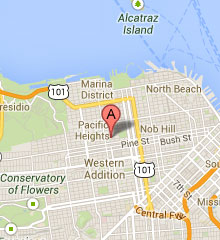Hysterectomy
Hysterectomy: Overview and Options at PGOMG
In the most basic terms, a hysterectomy is the surgical removal of the uterus. This procedure is usually a last resort for women who have tried other medical or surgical treatments for benign disease. There are four different types of hysterectomies and several different methods in which these surgeries are performed.
- Hysterectomy can be done through an open abdominal incision, laparoscopic, robotic or vaginal approach.
- A Radical hysterectomy includes the removal of the uterus, cervix, ovaries, fallopian tubes, and pelvic lymph nodes. This is to treat early cervical cancer.
- A total hysterectomy removes the uterus and the cervix, but the ovaries and fallopian tubes remain.
- A supracervical hysterectomy only removes the uterus, not the cervix.
- A total hysterectomy with bilateral salpingo-oophorerectomy removes the uterus, cervix, both ovaries, and fallopian tubes. If only one ovary is removed, depending on which, the surgery is called a right or left salpingo-oophorerectomy.
Only removal of the ovaries will cause a patient to begin surgically induced menopause.
A Hysterectomy may be considered for the following medical conditions:
- Fibroids
- Endometrioses
- Prolapse (when the uterus drops through the pelvic floor)
- Precancerous or cancerous cell detection
- Benign tumors
- Severe bleeding not responding to medical management
- Completion of transgender process
There are alternatives to a hysterectomy. PGOMG providers plan, discuss, and prepare potential hysterectomy patients thoroughly so they are fully aware of all of the options available to them.
Return to our Minimally Invasive Surgical page.

